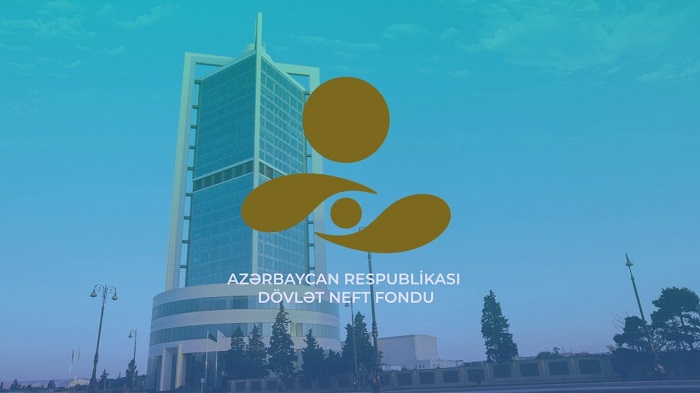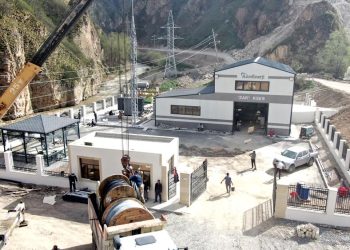 Turkmenistan ranks fourth in the world regarding total gas reserves. Up till now the country’s role on the global gas market has been limited. However, it seems that the country thinks about changing the situation.
Turkmenistan ranks fourth in the world regarding total gas reserves. Up till now the country’s role on the global gas market has been limited. However, it seems that the country thinks about changing the situation.
Some progress will be observed in a number of major projects in Turkmenistan by late 2015. The projects can greatly increase gas production in the country and contribute to the Turkmen gas supply far beyond its borders in the future.
The East-West gas pipeline is planned to be commissioned in December. The pipeline can become a part of the pipeline system for the Turkmen gas supply to Europe in the future.
The infrastructure is being created to supply gas from the Caspian Sea to Europe. The South Caucasus gas pipeline is being expanded. The Trans-Anatolian (TANAP) and Trans-Adriatic (TAP) gas pipelines are being built. By 2020, these gas pipelines will have the capacity of receiving large volumes of gas from Azerbaijan and other countries. Thus, the only missing link of the gas transportation system, which will enable to export Turkmen gas to Europe, is a pipeline through the Caspian Sea.
Nevertheless, the talks on the Trans-Caspian Pipeline project have been significantly intensified over the last year.
A number of high-level meetings were held to discuss the construction of this gas pipeline. Moreover, a working group has been created for implementing this project. Maros Sefcovic, vice-president of the European Commission in charge of Energy Union said that the EU expects to receive Turkmen gas in 2019.
It seems that in the light of deterioration of relations with Russia, Europe has started to seriously think about reducing dependence on Russian gas and diversifying its gas supply sources. From this point of view, cooperation with Turkmenistan looks very promising.
Construction of large Turkmenistan-Afghanistan-Pakistan-India (TAPI) gas pipeline will be another remarkable option in Turkmenistan’s gas sector. It is planned to start the construction of this pipeline on Dec.13.
TAPI will deliver Turkmen gas to the large and very promising markets of Pakistan and India. Further, this pipeline can supply gas to South-East Asia as well.
Finally, Turkmenistan will start the work as part of the third stage of developing the large Galkynysh field soon. This field is the primary source of gas for increasing the exports abroad.
The deposit’s potential hasn’t been yet studied completely, but according to Gaffney, Cline & Associates (UK), which audits at the Galkynysh field and the adjacent Yashlar field, these two sites have an estimated total resource reserve of 26.2 trillion cubic meters of gas. And when taking into account the newly discovered Garakel field, the block’s reserves rise to 27.4 trillion cubic meters.
It is worth noting that during the Oil and Gas Turkmenistan Conference, held this week, the country’s oil and mineral resources minister, Muhametnur Halylov said Turkmenistan has interest in bringing investments to oil and gas projects realized in its own sector in the Caspian Sea.
Investments in this energy-rich region offer good chances of discovering new deposits and significantly increasing gas extraction in Turkmenistan.
Therefore, it can be argued that Turkmenistan has strongly embarked on a work to expand the geography of its gas exports, and it stands ready to do all it can to achieve the set goals.
Elena Kosolapova is Trend Agency’s staff journalist











